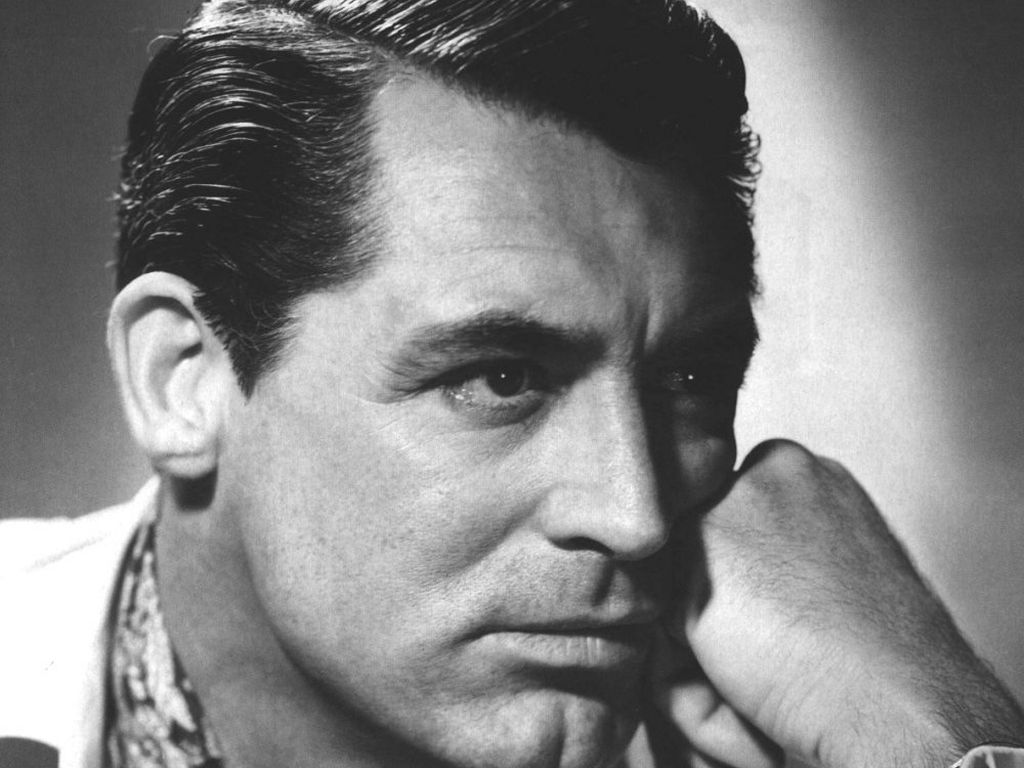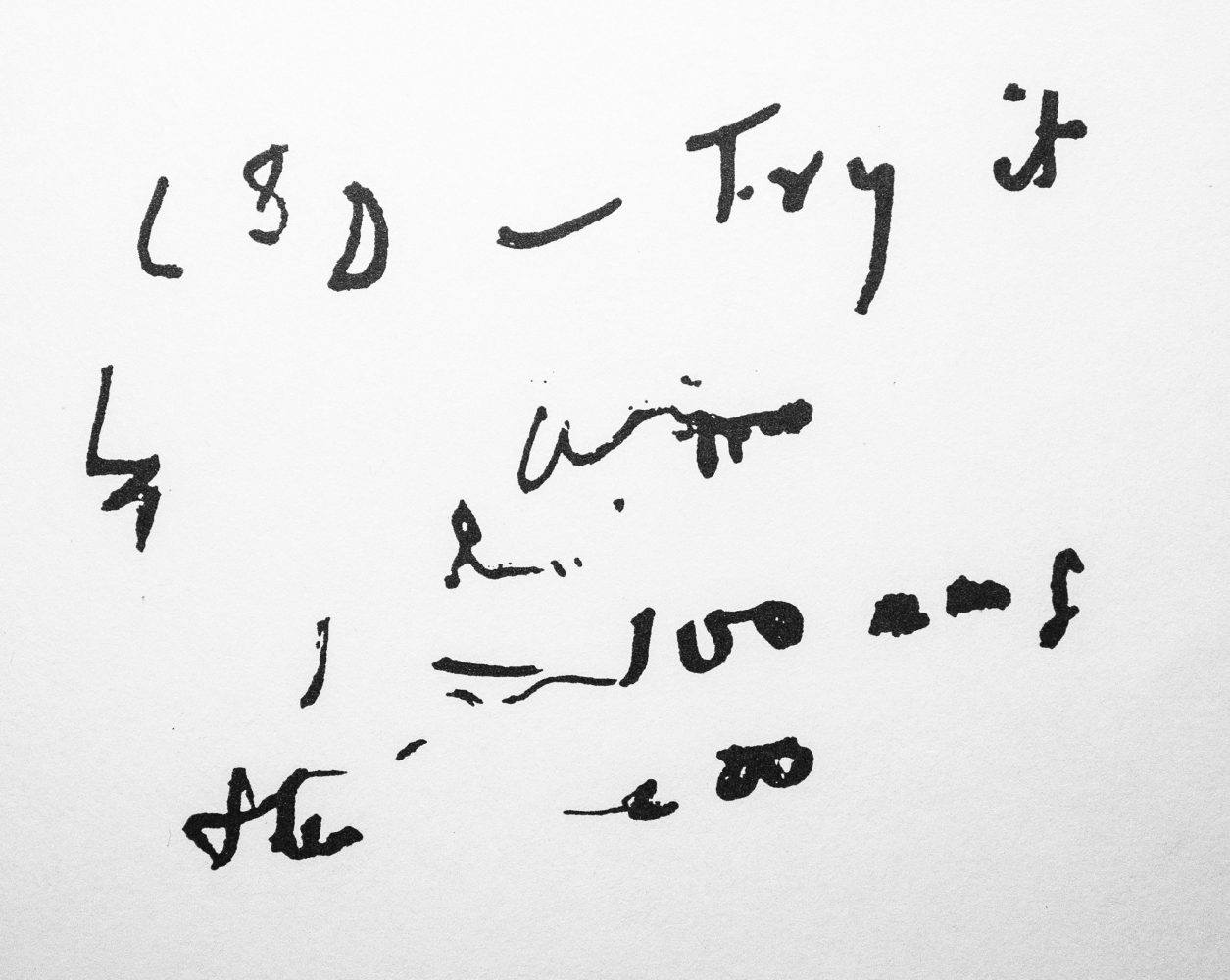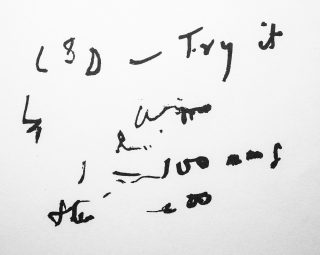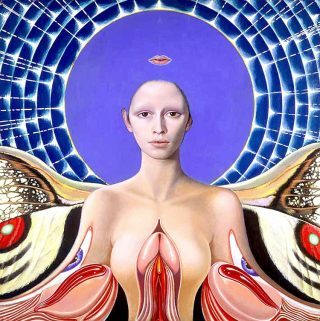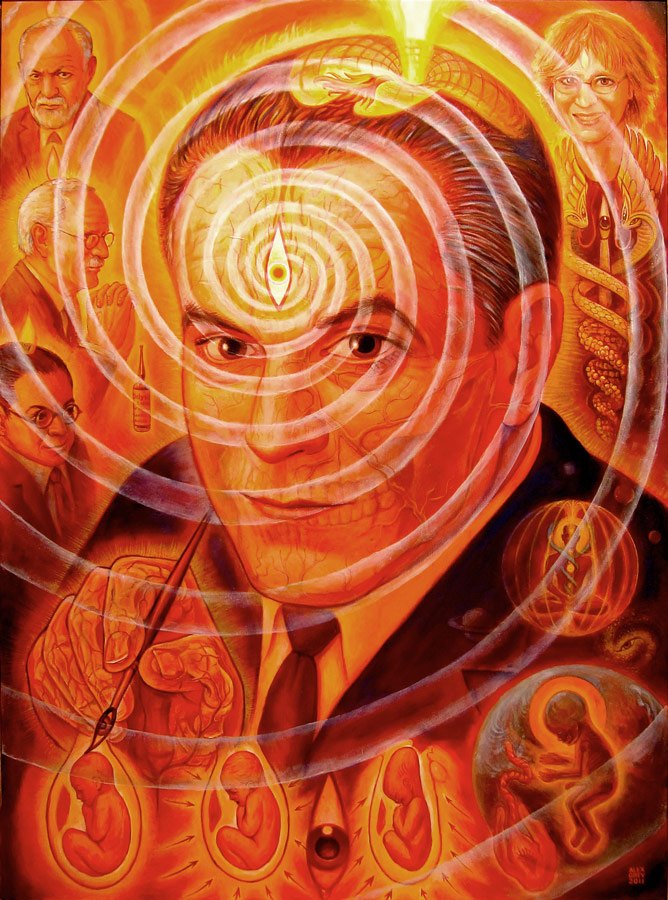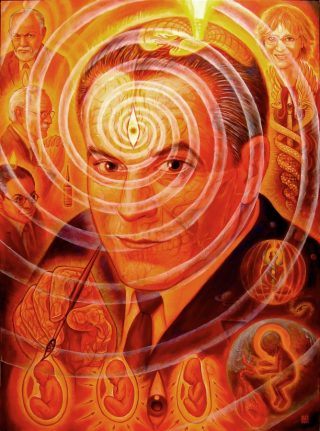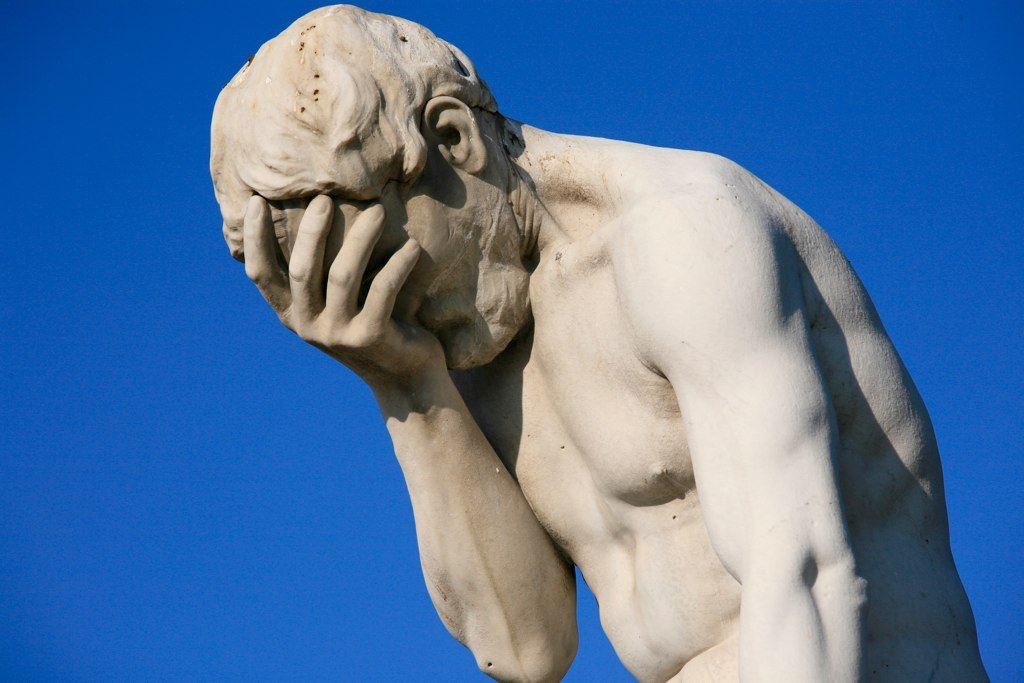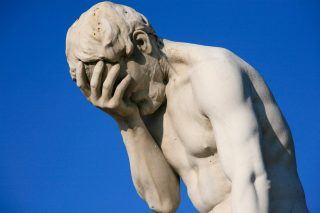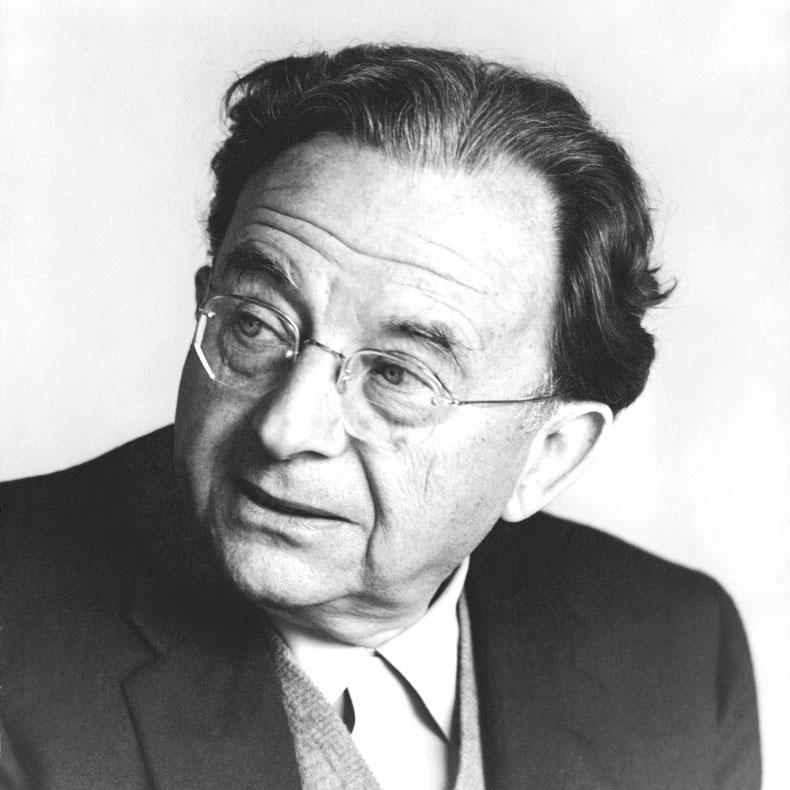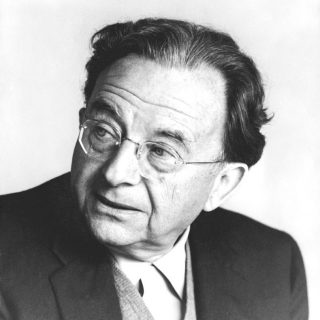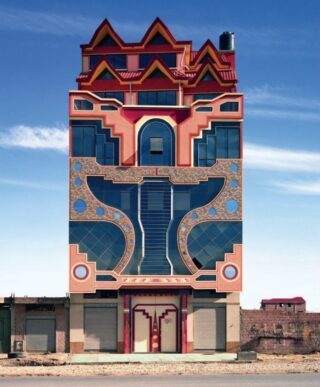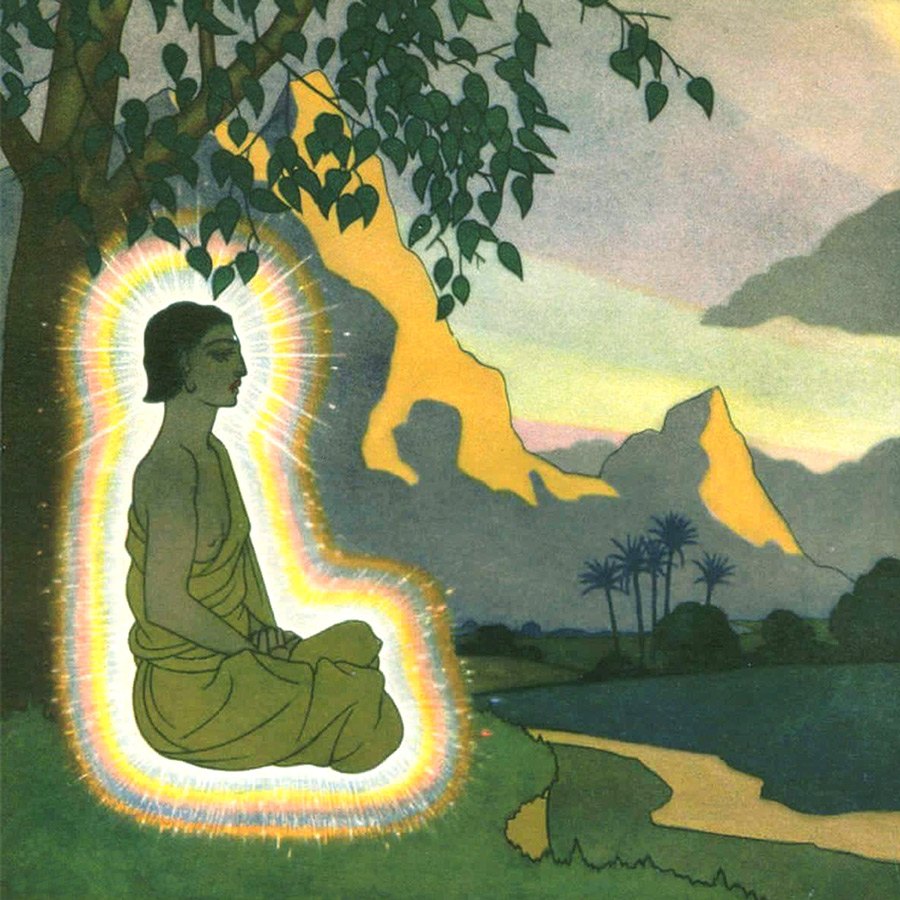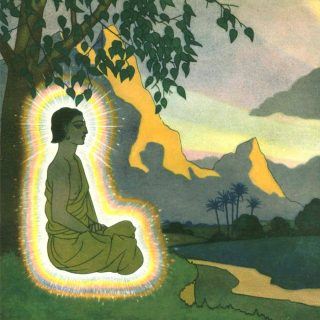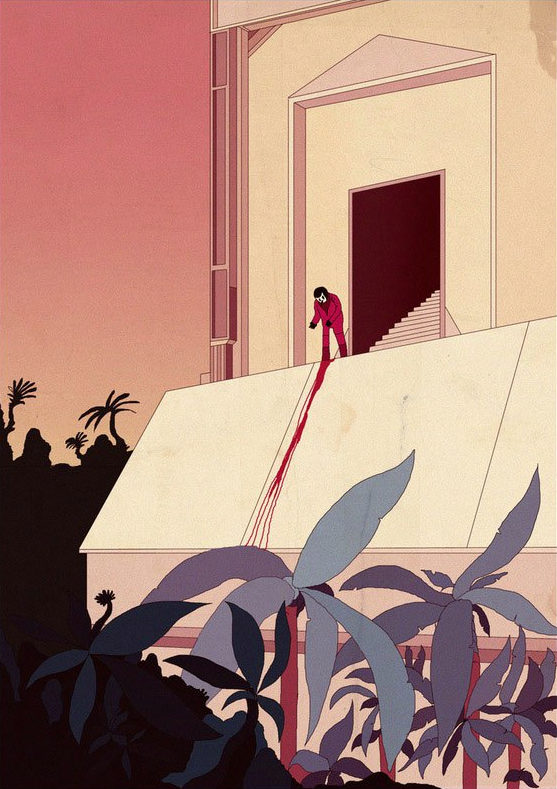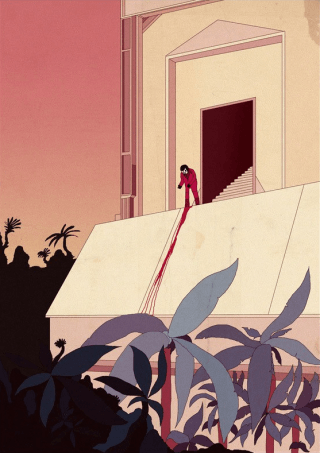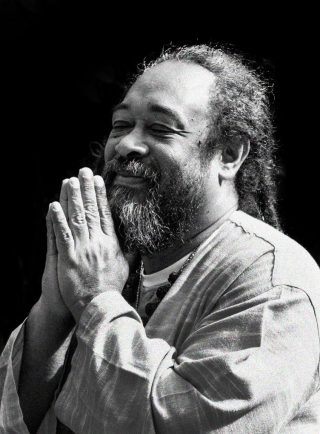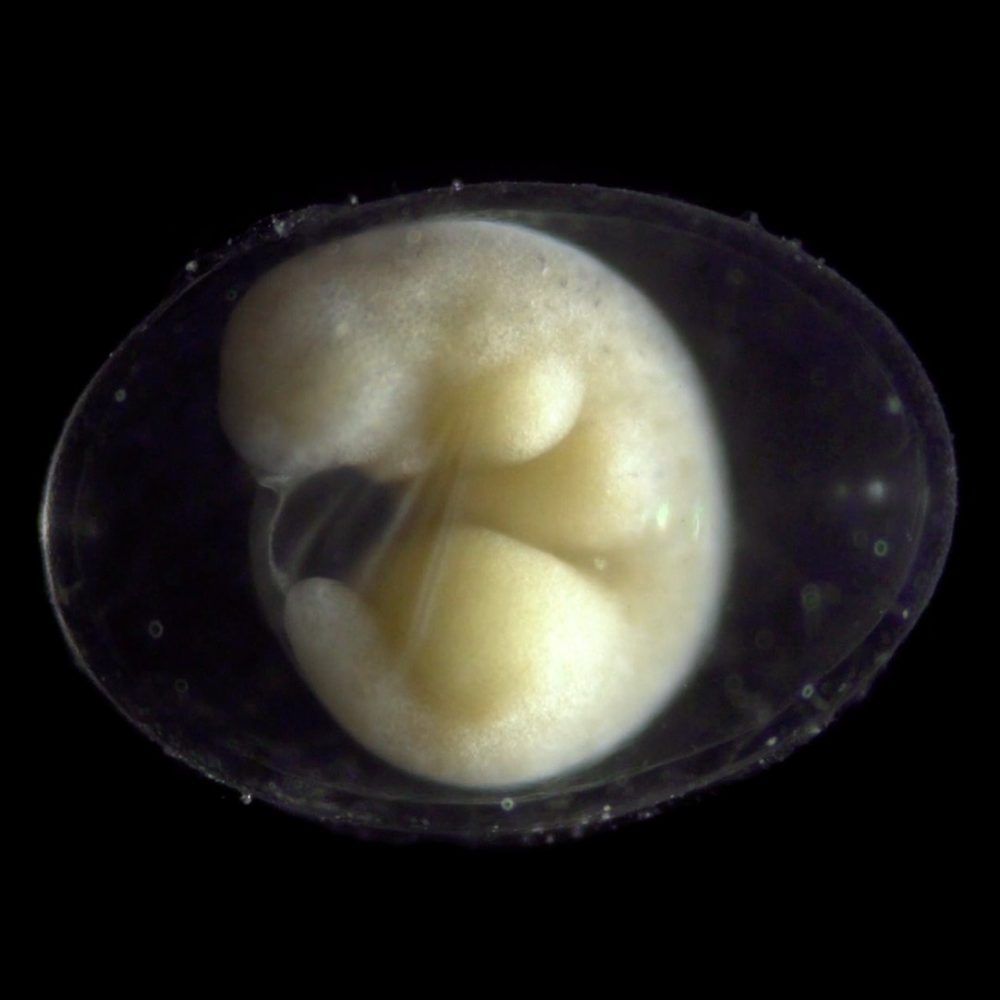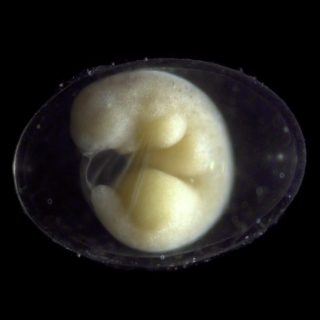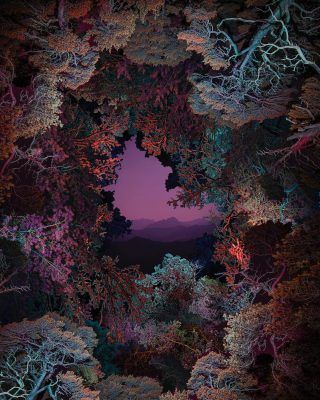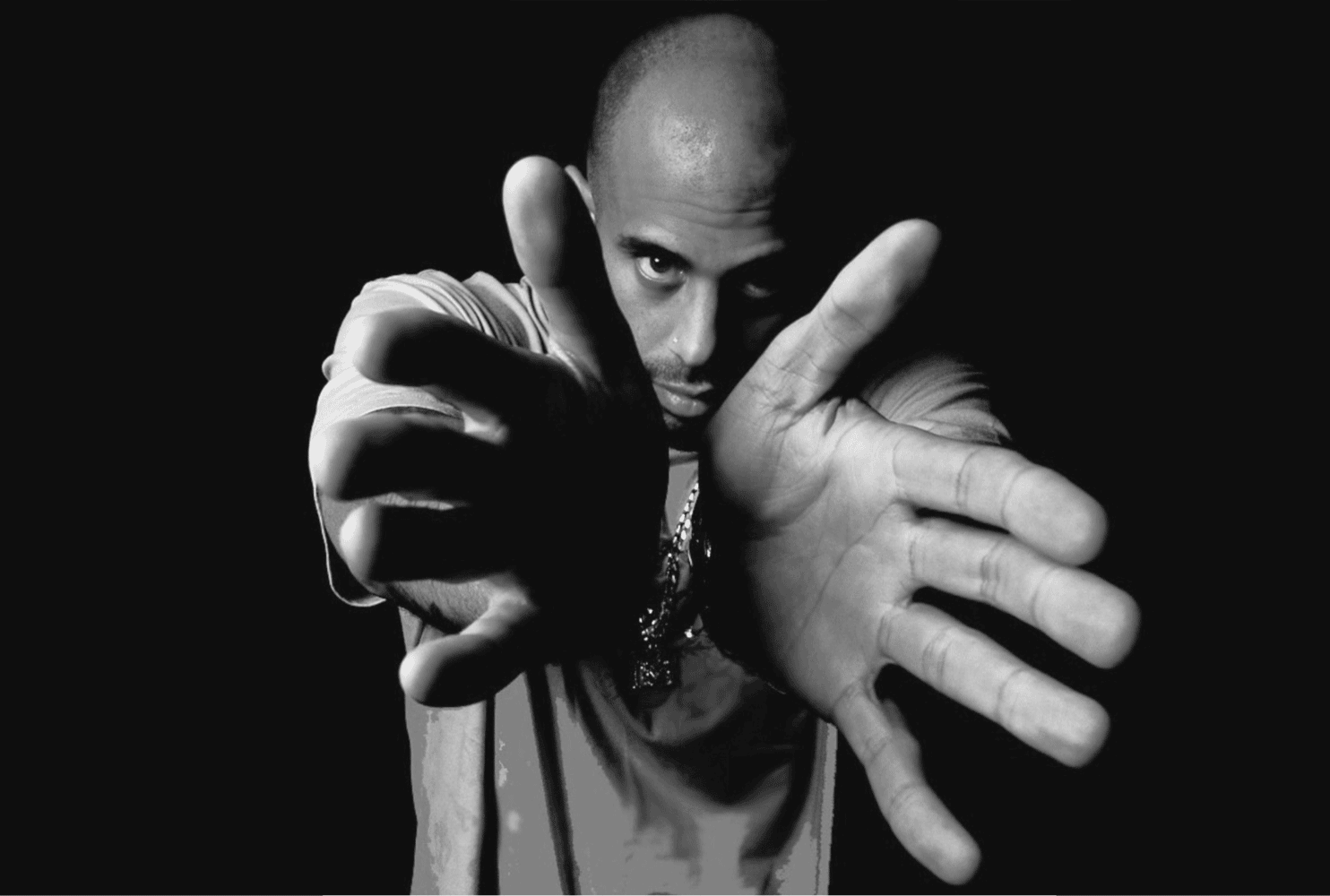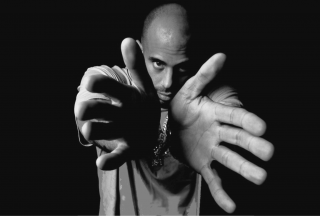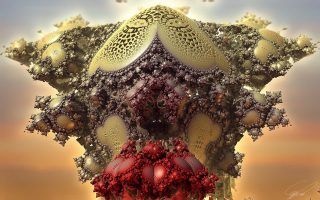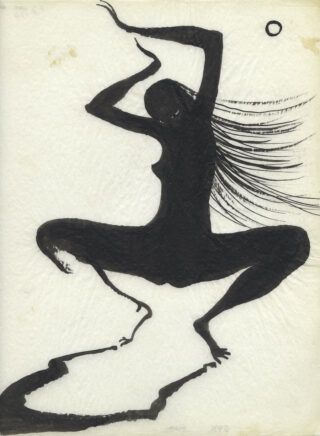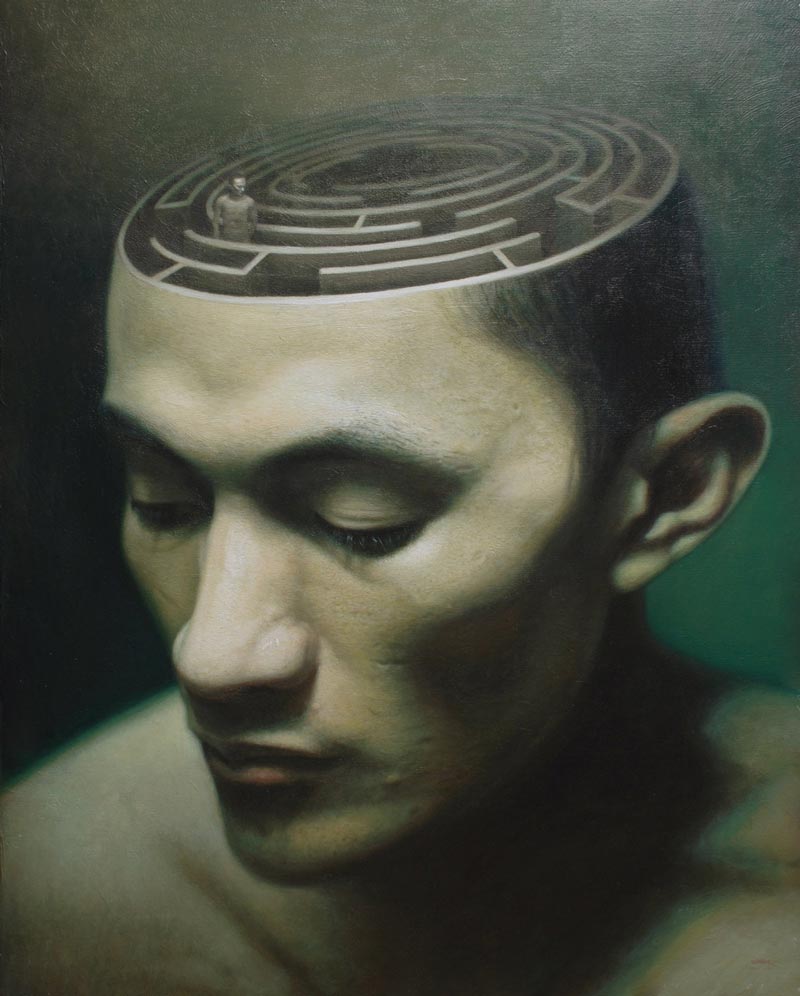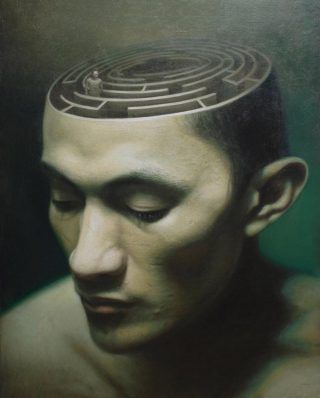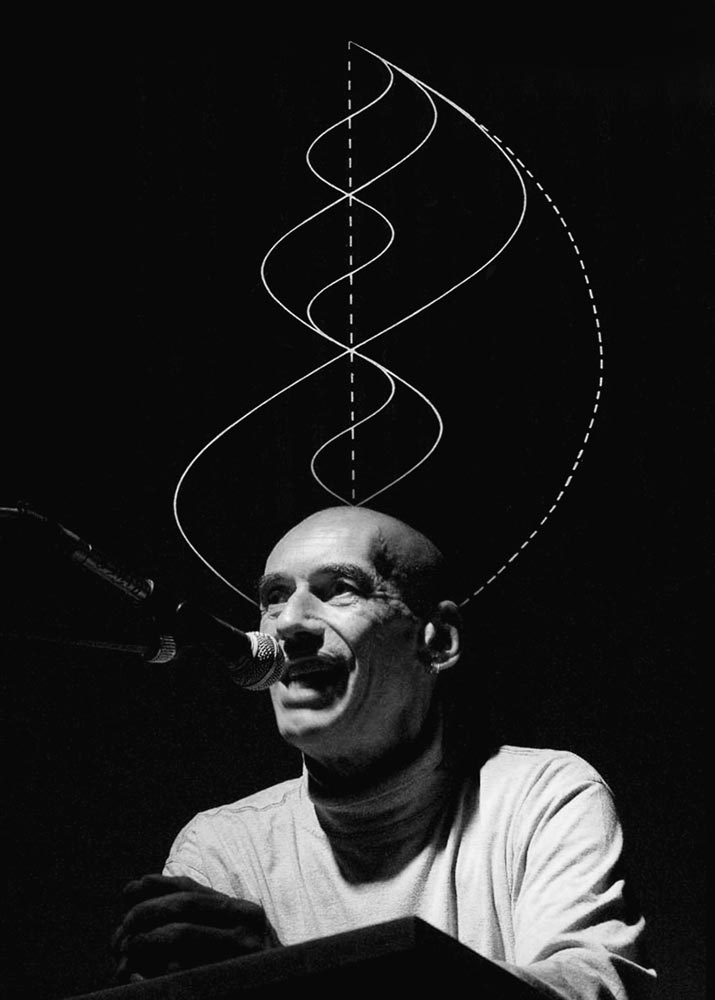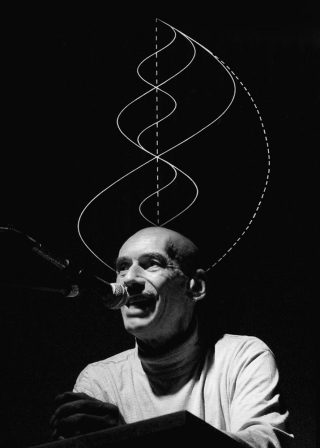I’m a promoter of the psychedelic experience and I hope more people of high reputation will come out of the closet and speak out about it. So did an aged Cary Grant in his autobiography. His only regret: “Why didn’t I do this sooner?”
This little story is only the opener of an article worth reading (see below). It briefly sums up the state of affairs concerning the medicinal use of psychedelics.
High hopes:
Why science is seeking a pardon for psychedelics
“All my life,” a 55-year-old Cary Grant reflected, “I have been going around in a fog. You’re just a bunch of molecules until you know who you are.”
But after only a few weeks of intensive therapy, he wrote in his autobiography, he had come to terms with a childhood of neglect and emotional abuse: “To my delight, I found I had a tough inner core of strength.” His only regret? “Why didn’t I do this sooner?”
The therapy was lysergic acid diethylamide (LSD). By the mid-sixties, the man voted Hollywood’s Most Attractive was one of an estimated 40,000 people who had used it in an attempt to heal their brains, whether to unravel long-repressed trauma or to overcome addictions.
Today, of course, thanks to the proselytizing of Timothy Leary and its degradation into hippie culture’s “acid,” a cheap street drug, it and many other hallucinogens are illegal and believed to have, like heroin and cocaine, a high potential for abuse and what the U.S. Drug Enforcement Administration calls “no currently accepted medical use.”
But are hallucinogenic drugs really of no value to medicine? Flash forward to 2013: With North America awash in powerful pharmaceuticals that are perfectly legal, yet addictive and widely abused, some mental-health professionals are making a case for reviving banned mind-altering substances, arguing that they can enable insight, empathy and long-term recovery from trauma.
Forty-five years after LSD became the first of them to be prohibited, the psychedelics and their chemical cousins are making a comeback, launching what is being called a revolution in treating, and perhaps curing, some of the most refractory disorders of the human brain.
At the Harbor-UCLA Medical Center in Los Angeles, psilocybin – the active ingredient in magic mushrooms – is being used to reduce anxiety in end-stage cancer patients. At the University of Ottawa, a researcher is studying ketamine, which has put many a raver into the infamous “K-hole,” as an alternative to shock therapy for severely depressed patients.
In New Zealand, the hallucinogenic African shrub iboga has been reclassified as a promising treatment for opiate addiction, and in England, a tidal wave of research, much of it using up-to-the-minute brain-scanning techniques, is showing how once-reviled street drugs can be used to treat everything from obsessive-compulsive disorder to chain smoking.
The work exciting the most interest, however, involves something that has long been a conundrum for medical science: post-traumatic stress disorder (PTSD).
With hundreds of thousands of Canadians believed to be suffering from PTSD – more soldiers commit suicide after serving in Iraq and Afghanistan than were killed there in combat – a highly effective treatment may be available in the form of a mind-expanding drug known to chemists as 3,4-methylenedioxy-N-methylamphetamine (MDMA) and to the public at large as ecstasy.
Of course, ecstasy is strictly prohibited (up to life in prison for those caught making or selling it), so the news that this month Health Canada gave the final go-ahead to the first ever Canadian study of MDMA as an adjunct to therapy, is being followed very closely indeed.
Patented in 1912, MDMA, like many psychoactive drugs, is derived from natural sources: an oily liquid called safrole extracted from sassafras plants (one rich source, a Southeast Asian tree, is so heavily harvested it’s now a threatened species).
Forgotten for decades, it was revived in 1976 by California chemist Alexander Shulgin, legendary for developing novel hallucinogens.
Impressed by its ability to produce “intoxication, disinhibition and clarity,” he introduced it to an Oakland-based psychologist, who dubbed it “Adam” for its apparent ability to return patients to an Eden-like openness. Then it started appearing in nightclubs and soon was banned.
Not surprisingly, San Francisco, ground zero for the Summer of Love, is at the centre of the current revival. This spring, the non-profit Multidisciplinary Association for Psychedelic Studies (MAPS), created to promote the clinical cause, will hold its second international conference in nearby Oakland.
Up the coast, British Columbia is known not only for magic mushrooms and pot-friendly “Vansterdam,” but one of the continent’s worst skid rows, whose residents struggle with trauma, alcoholism and drug addiction. As a result, they could benefit from MDMA therapy, according to psychiatrist Ingrid Pacey and psychologist Andrew Feldmár, who lead the team that learned recently, after three years of waiting, that the final hurdle – allowing imports of the drug from its Swiss manufacturer – had been cleared.
Financed by MAPS, the study will follow 12 PTSD sufferers for whom other treatments have failed.
“We’ll be recruiting from the general population,” explains the 73-year-old Mr. Feldmar, a Budapest-born therapist who trained with Scottish psychedelic pioneer R.D. Laing. “The study could include soldiers, firemen or police officers. No other form of therapy has proven effective in dealing with the kind of trauma they’ve experienced.”
In the randomized, double-blind study, participants will be given either a placebo or a large dose of MDMA. All sessions will take place under the guidance of the two therapists.
“Having PTSD is like having an alarm permanently going off in your head,” Mr. Feldmár says. “Under the influence of the drug, you go to what was unspeakable – the rape, the torture, the abuse – and you begin to speak about it. MDMA is an empathogen: It opens your heart, releases you from shame, and puts you in the present moment.
“In the presence of skilled therapists, you can go back to when you were traumatized, mourn what happened to you, and finally stop the alarm that has been ringing for so many years.”
Dr. Pacey took MDMA herself (supervised by a therapist) , and says it also has great potential in treating early-childhood trauma. “I spent my early years in a displaced person’s camp at the end of the war, surrounded by traumatized people. The hospital where I was born was bombed. I carried this kind of fear in my body, on a physical level, because the trauma happened when I was so young. I found taking MDMA gave me a different point of view. … The fear was allayed.”
In Britain, where ecstasy is especially popular, recent studies at Imperial College London suggest that MDMA tames activity in the amygdala, the part of brain responsible for the fight-or-flight response. Faculty psychiatrist David Nutt has been famously quoted as saying that taking it “is no more dangerous than riding a horse.”
For a television documentary last year, subjects in an Imperial College study sat, still under the influence, grinning and, in some cases, grinding their teeth (“gurning”) as Dr. Nutt used a giant translucent model of the brain to demonstrate how the drug reduces the connection between two areas of the cerebral cortex responsible for our sense of self – a clue, he suggested, to its capacity to diminish anxiety and self-consciousness.
Also there, watching in horror, was psychopharmacologist Andy Parrott. Many objections to MDMA stem from media coverage of ecstasy, which often has no trace of the advertised ingredient – deaths attributed to it in Alberta and B.C. last year were found to be caused by PMMA, a dangerous stimulant.
But Dr. Parrott argues that MDMA has killed people by causing a spike in body temperature, and cites studies that suggest it can spark a permanent decline in the brain’s ability to produce serotonin, the compound associated with feelings of happiness and well-being. Dr. Nutt argues that such declines appear to be short-term.
A more subtle complaint comes from therapists who take umbrage at MDMA’s billing as “a year’s worth of therapy in two hours.” They contend that true insight can come only in moments of sobriety.
“Anybody who has that objection,” Mr. Feldmár says, “is either ignorant or puritanical.
“Look, MDMA is not a wonder drug. It’s an altered state of consciousness that allows certain experiences. Psychiatric drugs, like Prozac and the anti-psychotics, make you stupid, they shut you down. The drugs that are making a comeback show that you can wake up, that a bad situation can be changed.”
Man-made hallucinogens have been known since mescaline was isolated from peyote in 1897, but those based on plants have been used far longer for traditional or sacramental purposes, and therapists are reporting excellent results using some of them.
Philippe Lucas, a former Victoria city councillor and research affiliate for the province’s Centre for Addictions Research, says a study using ayahuasca, a combination of Amazonian plants, to treat alcohol and drug addiction among members of a coastal aboriginal band was overwhelmingly positive.
A follow-up six months later found significant reductions in the use of cocaine, tobacco and alcohol, he says, adding: “Ayahuasca, peyote, ibogaine – none of these substances is dependence-forming. Very few can lead to overdose or death. And all of them are far safer than the pharmaceutical opiates.”
Yet therapists who dare to use them can lose their licences, or even face prosecution. Shortly before the airing of a Nature of Things documentary on Vancouver addictions specialist Gabor Maté’s use of ayahuasca, Mr. Lucas says, Health Canada “basically ordered him to stop.”
“The resistance,” according to Mr. Lucas, “is purely ideological. It’s a direct result of 70 or so years of the war on drugs, and a real fear in Western culture of altered states of consciousness. Which is a tragedy, because our current approaches to treating trauma simply aren’t working.”
The current advocates of MDMA and plant-based hallucinogens in therapy are adamant that they do not expect, or want, to see them used as party or street drugs. John Halpern, the Massachusetts psychiatrist who heads the team using psilocybin to treat cancer-related end-of-life anxiety, told The New York Times: “We want to be anti-Leary. We are serious sober scientists.”
“The future,” a far-sighted Viennese analyst once speculated, “may teach us how to exercise a direct influence, by means of particular chemical substances, on the amount of energy and their distribution in the mental apparatus. It may be that there are other still undreamt-of possibilities of therapy.”
That was Sigmund Freud, writing in 1938, the same year that Albert Hofmann, a young Swiss chemist, first synthesized LSD.
Hoffman died at the age of 102 in 2008, having lived just long enough to see official Swiss approval for an examination of whether his “medicine of the soul” can reduce the anxiety that terminal cancer patients suffer when contemplating their fate.
Financed by MAPS and supervised by a psychiatrist, the study’s research phase has concluded, and publication of the results is expected this spring – the first scientific paper on the therapeutic effects of LSD on humans in more than 40 years.
If the findings are as positive as the researchers are suggesting, patients around the world may be forgiven for wondering why, to paraphrase Cary Grant, they didn’t do it sooner.
Trippy Canada
Cary Grant was far from the only household name to undergo psychedelic therapy. Composer André Previn, Time magazine publisher Henry Luce and swimming sweetheart Esther Williams all spoke glowingly of LSD. Psychiatrist R.D. Laing in London treated author Edna O’Brien and actor Sean Connery for a fee and, in the case of fellow Scot Connery, a bottle of fine single malt. Laing was famous for taking the drug at the same time as his patients (in her recent autobiography, O’Brien reports observing his transformation into a giant rat).
Canada played a leading role in the psychiatric use of hallucinogens, for good and for ill. In the early 1960s, Montreal’s Allan Memorial Institute was the site of the illegal, CIA-backed MKUltra project, which used shock therapy, tape loops, sensory deprivation and LSD in a bid to erase memories and personalities.
In fact, the term psychedelic (“manifesting a clear mind”) was coined in Saskatchewan. While on staff at the Weyburn Mental Hospital, Humphry Osmond, the British psychiatrist who introduced Brave New World author Aldous Huxley to mescaline, encouraged staff volunteers to take LSD so that they could sympathize with schizophrenic patients.
After he and Canadian colleague Abram Hoffer saw in LSD a potential treatment for alcoholism, he administered it to history’s most influential recovering drunk: Alcoholics Anonymous co-founder “Bill W.,” who then founded a New York salon where alcoholics could also achieve “spiritual awakening” (something, not surprisingly, played down in AA literature).
By the seventies, the only institution in North America still using LSD in therapy was Hollywood Hospital, a New Westminster, B.C., mansion where patients paid up to $1,000 for a 12-hour trip. They reportedly included crooner Andy Williams, futurist Frank (Dr. Tomorrow) Ogden, Ethel Kennedy and Greenpeace co-founder Ben Metcalfe.
I encountered a former Hollywood Hospital patient in the Kootenay Mountains in the early 1990s. A soft-spoken Buddhist monk in his late 60s, he told me that, before his treatment, he had been drinking himself to death on Vancouver’s Skid Row.
LSD, he said, allowed him to embrace his repressed sexuality and now, two decades on, he was living, sober and apparently fulfilled, in an A-frame built with his long-time partner, a much younger, and very handsome, man.
Taras Grescoe for The Globe and Mail, january 2013

